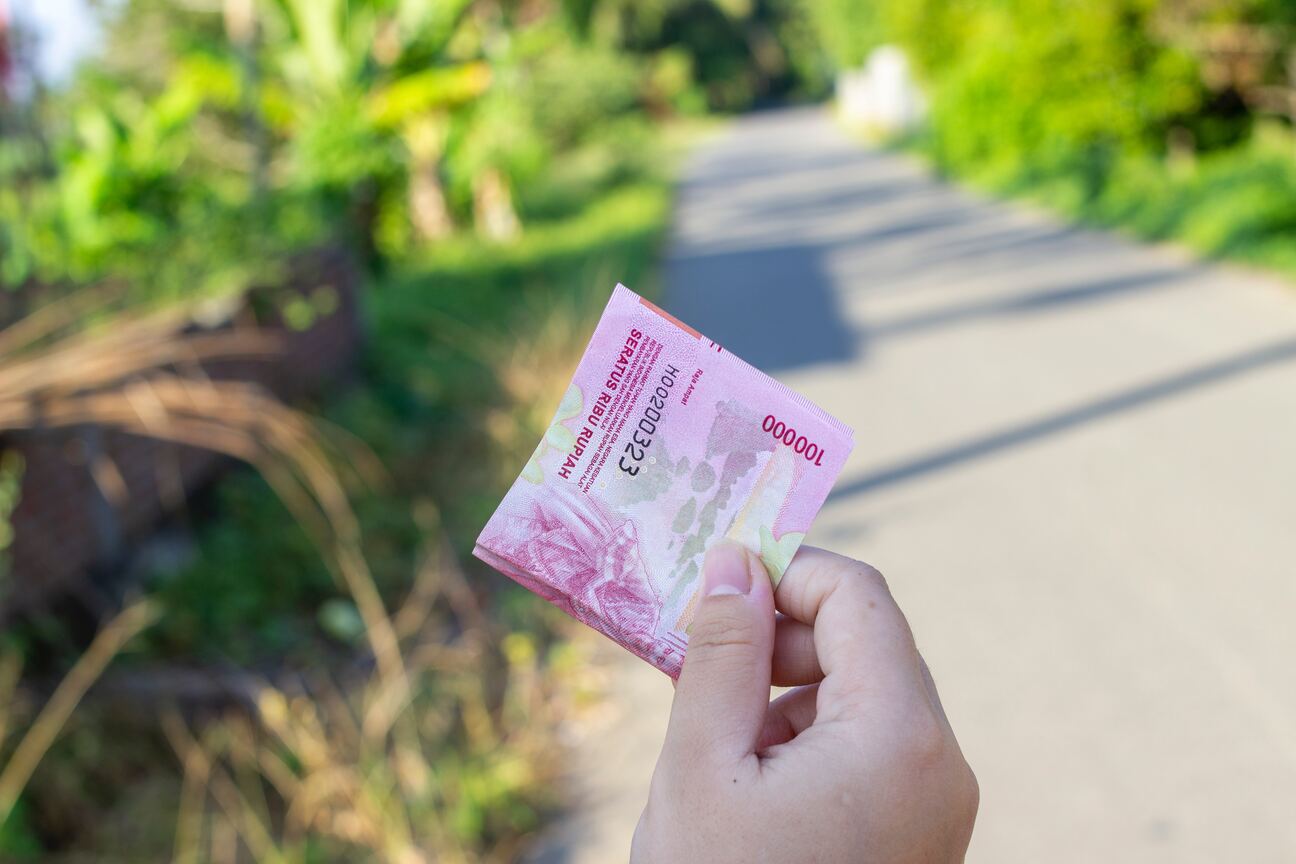What you will get from this article:
- Understand about SaaS
- Learn several key steps and strategies for successfully localizing SaaS products in Asia
Introduction
SaaS stands for Software as a Service. refers to a cloud computing model where software applications are provided and accessed over the internet.
With SaaS, you can access the software through a web browser, and the service provider takes care of all the technical aspects, including updates, security, and maintenance.
Instead of having the software installed locally, you access it through your web browser and use it as needed.
As the most popular cloud-based service, there are so many popular examples of SaaS applications that have brought a revolution in the IT industry by providing the most remarkable solutions for human life.
SaaS Products for Asian Market
The software-as-a-service (SaaS) industry is booming globally, and the Asian market presents a massive opportunity for SaaS providers.
However, localizing SaaS products for the Asian market can be challenging due to the cultural, linguistic, and regulatory differences across the region.
When localizing your SaaS product for an Asian market, you must consider many factors such as language, culture, currency, and payment options.
You'll need to customize your product and marketing materials so they resonate with a local audience.
You’ll also have to consider data privacy regulations and taxes that differ from country to country.
Finally, you will have to ensure that your product is optimized for different devices and platforms used in the region.
These what you need to get ready to launch your localized SaaS product in any Asian market and grow your business exponentially!
Translate Your Website and Product Interface
Localizing your SaaS products for the Asian market is a great way to boost engagement and expand your user base.
Your first step should be to translate your website and product interface as accurately as possible.
This will help ensure that users in different countries have access to the same great experience that they would in their native language.
Additionally, translating any online help materials, tutorials, or other resources is also important to ensure that users understand the capabilities of your product.
For best results, use professional translation services with experience serving the Asian market.
Working with a qualified native speaker can help ensure accuracy and cultural sensitivity.
Additionally, consider including local language support or customer service options for customers in specific countries.
This will give them direct access to assistance when they need it most.
Offer Multi-Currency Support
When it comes to localization for the Asian market, having multi-currency support is essential.
For any business that has ambitions of expanding into this region, the ability to accept a variety of native payment methods and currencies is key to success.
Offering multi-currency support helps to make the payment process quick and easy for customers and eliminates any foreign exchange risk they might face while making payments.
This reassures customers that they are getting an exact conversion rate and guarantees an uninterrupted payment experience.
It also makes pricing decisions easier; when your SaaS products are priced accurately in the customer’s local currency, it increases the likelihood of a sale.
In addition, offering multiple currency options allows you to tailor your pricing strategies according to each region or market you’re targeting – allowing for more effective campaigns and greater potential returns.
Offering multi-currency payments is also important for compliance reasons; some countries may require you to process payments in their local currency only.
Localize Your Marketing Content

When looking to localize your SaaS products for the Asian market, it's important to make sure your marketing content is also localized.
After all, you're trying to develop a connection with potential customers in this region - and that requires more than simply translating your existing materials.
Here are some tips for localizing your marketing content for an Asian audience:
Have cultural awareness
Your marketing strategies should be tailored to the cultural norms of the target market.
This includes everything from appropriate language, visuals and tone of voice, to developing strategies that actually resonate with the target audience.
Go beyond translation
Don't just rely on a direct translation of your existing material - it won't have the same impact as if it were created specifically for the target market.
Localized content should include culturally relevant things like idioms and puns that will help create a connection with potential customers in this region.
Use local influencers
Engaging with local influencers is a great way to amplify your message and reach more potential customers in an authentic way.
Make sure you select influencers who are well versed in the culture and language of your target market, as well as influencers who align with the values of your brand.
Build Partnerships With Local Companies

Reaching the Asian market is an ambitious goal, and it can be difficult to do on your own.
Establishing strong partnerships with local companies can make a huge difference in making sure your product resonates with the Asian market.
Partnerships with local companies can create opportunities for collaboration, providing resources and expertise in areas you may lack.
It also helps you gain a better understanding of local preferences and culture, translating into a more personalized service for users, and getting these benefits.
- Leverage existing networks: Partnerships provide access to existing networks and connections that take time to build from scratch.
- Create cultural understanding: Working with people from the same culture makes it easier to understand nuances in language, customs, and preferences, helping you tailor your product accordingly.
- Utilize overall expertise: A partner company may have a better understanding of regulations, data privacy laws, or other regulations related to entering the market – something that would cost considerable time and resources if you had to do it alone.
Ultimately, having a partner will help you save time and optimize your resources while entering the Asian market – facilitating the localization process and ultimately increasing user adoption.
Hire Native Speakers as Customer Support
When entering a new market, it’s essential to ensure that customers receive the best support possible.
This becomes more difficult when entering an Asian market, where language may be a barrier.
To ensure customers have access to adequate support when they need it, consider hiring native speakers of the language in the target region as customer service representatives.
Although there may be an initial cost to hire these employees, it will be worth it in the long run when customers feel supported and can get their questions answered quickly.
Not only will this help to increase customer satisfaction and retention rates, it will also open up opportunities for product testing and feedback.
Native speakers may be able to point out nuances of the product or certain features that are not easily seen or understood by non-native speakers.
This feedback is invaluable and can help inform future product developments.
Consider Integrating Local Payment Methods

The Asian market is known for its preference to use local payment methods rather than credit cards.
By integrating those payment methods into your SaaS products, you can tap into a larger segment of the market and make it easier for potential customers to buy your product.
There are a few things to consider when setting up local payment systems:
- Security: It's important that the system you use is secure, as security is a top priority for Asian users.
- Convenience: Research what are the most common payment methods in the countries on which you want to focus and see if those methods can easily be integrated into your product.
- Support: Having customer support available in multiple languages makes it easier for prospective customers from different countries to understand how to use the payment method and how their money is being handled securely.
By taking these steps, you can ensure that customers have an easy experience making payments and that their information will remain secure.
Customize Your Products

Customizing your product to suit the needs of your target audience can help you differentiate yourself from competitors and increase adoption rates.
For example, customizing your product to suit the language and cultural preferences of your target market can help you create a more engaging user experience.
If you're selling technology products, consider providing language options, localized content, or specific features that are popular or in demand in the target country.
Also, pay attention to cultural aesthetics and design preferences.
Colors, symbols, and imagery can have different meanings in different Asian cultures.
Research the local design trends, symbolism, and packaging preferences to create a visually appealing product that resonates with the target market.
Conclusion
Ultimately, successful localization of SaaS products for the Asian market requires careful consideration of the cultural and language challenges, a deep understanding of the preferences of the target audience, and the ability to quickly respond to changes in the market.
By leveraging the right technologies and processes, you can build an effective localization strategy and open up new opportunities that can expand your reach and start building a presence in the Asian market.








